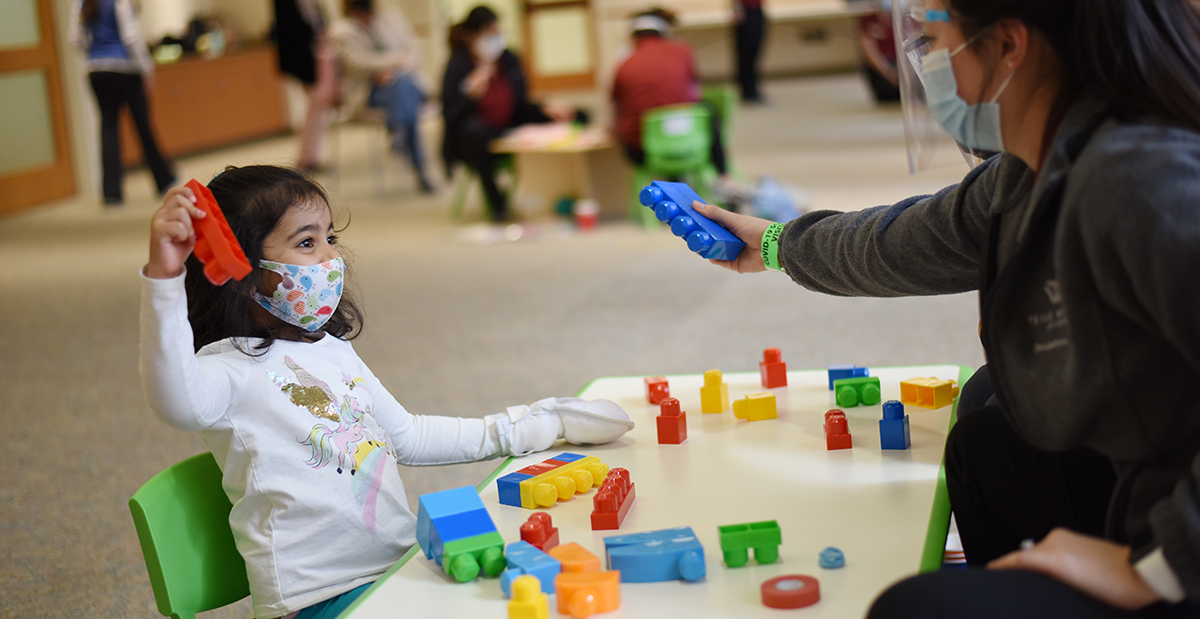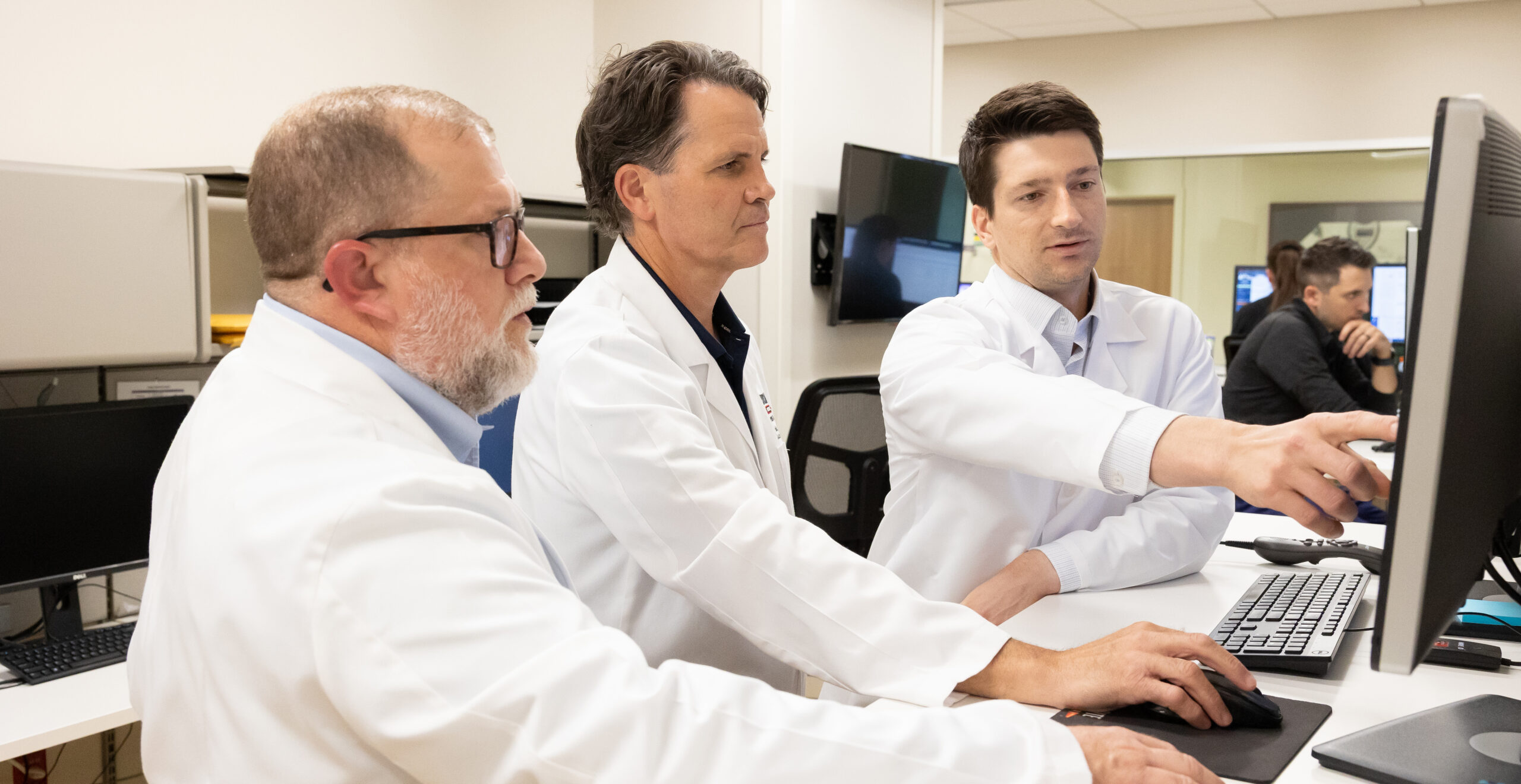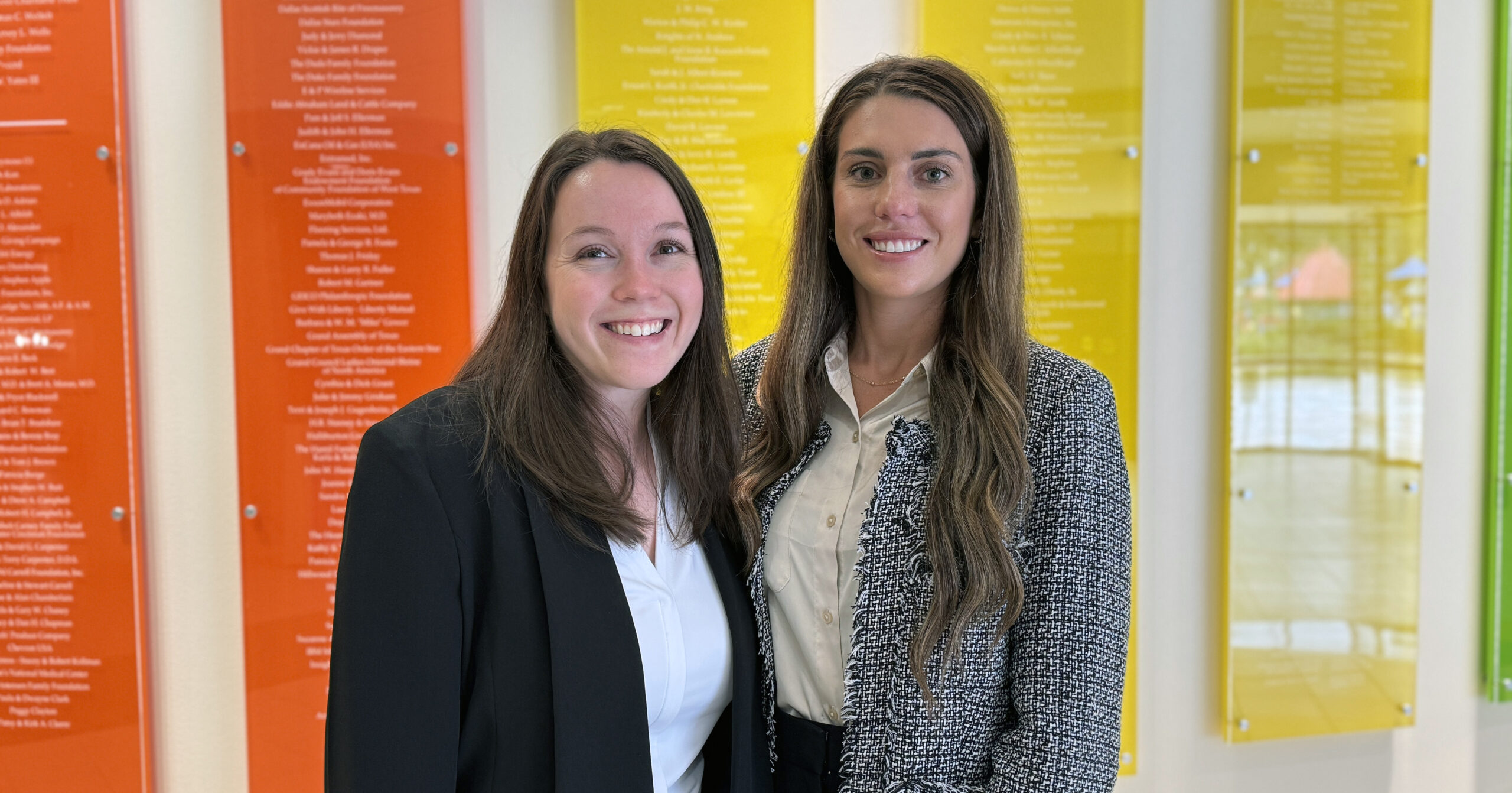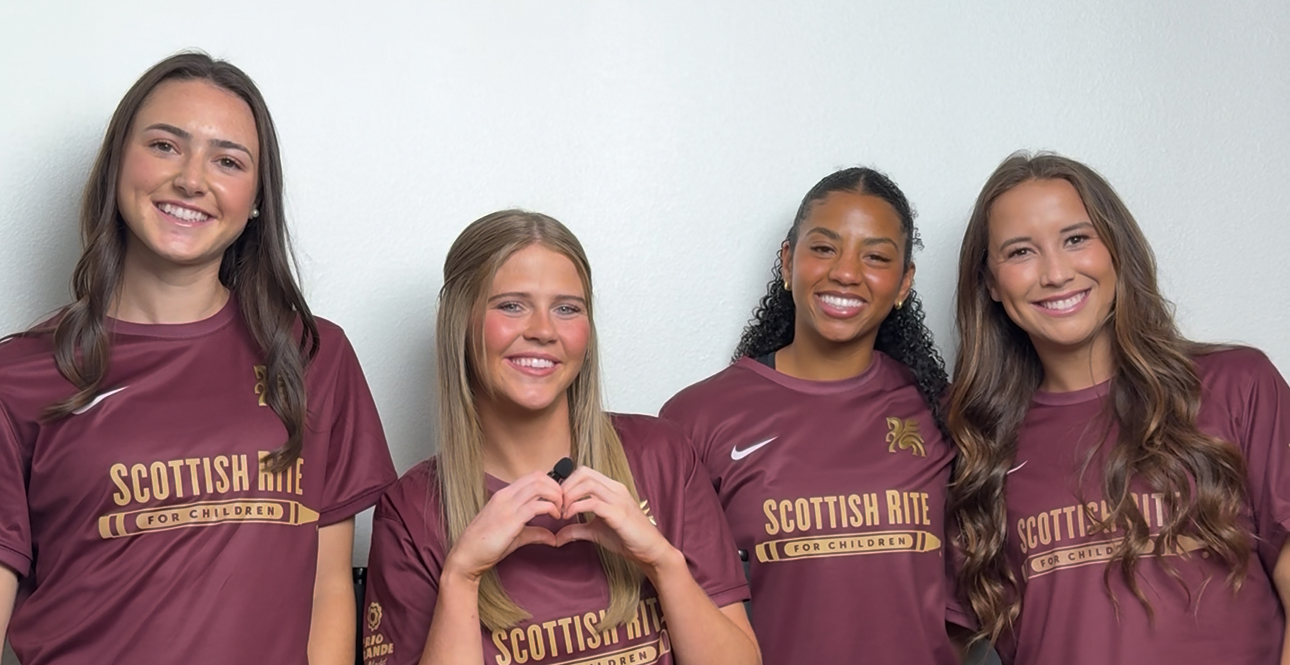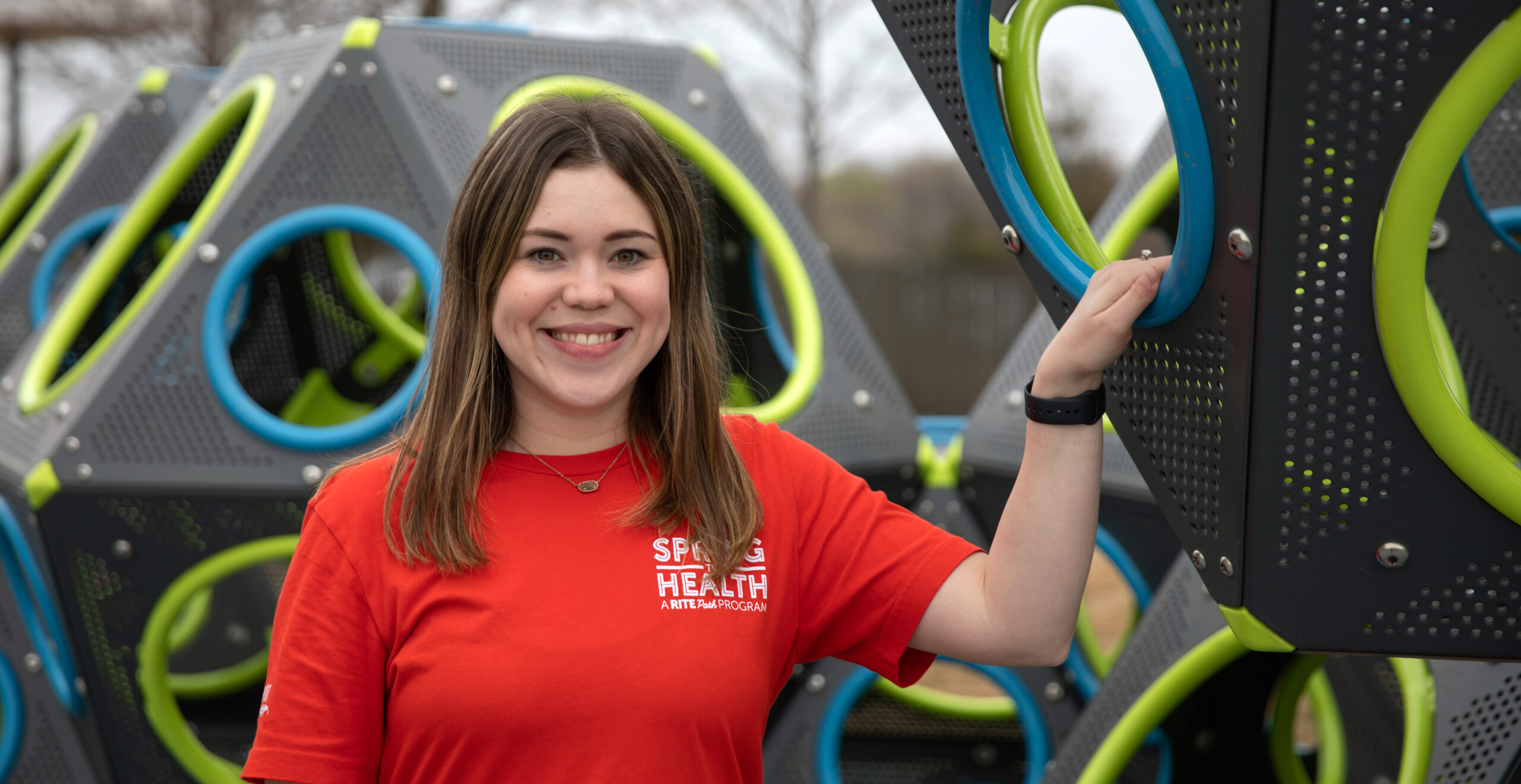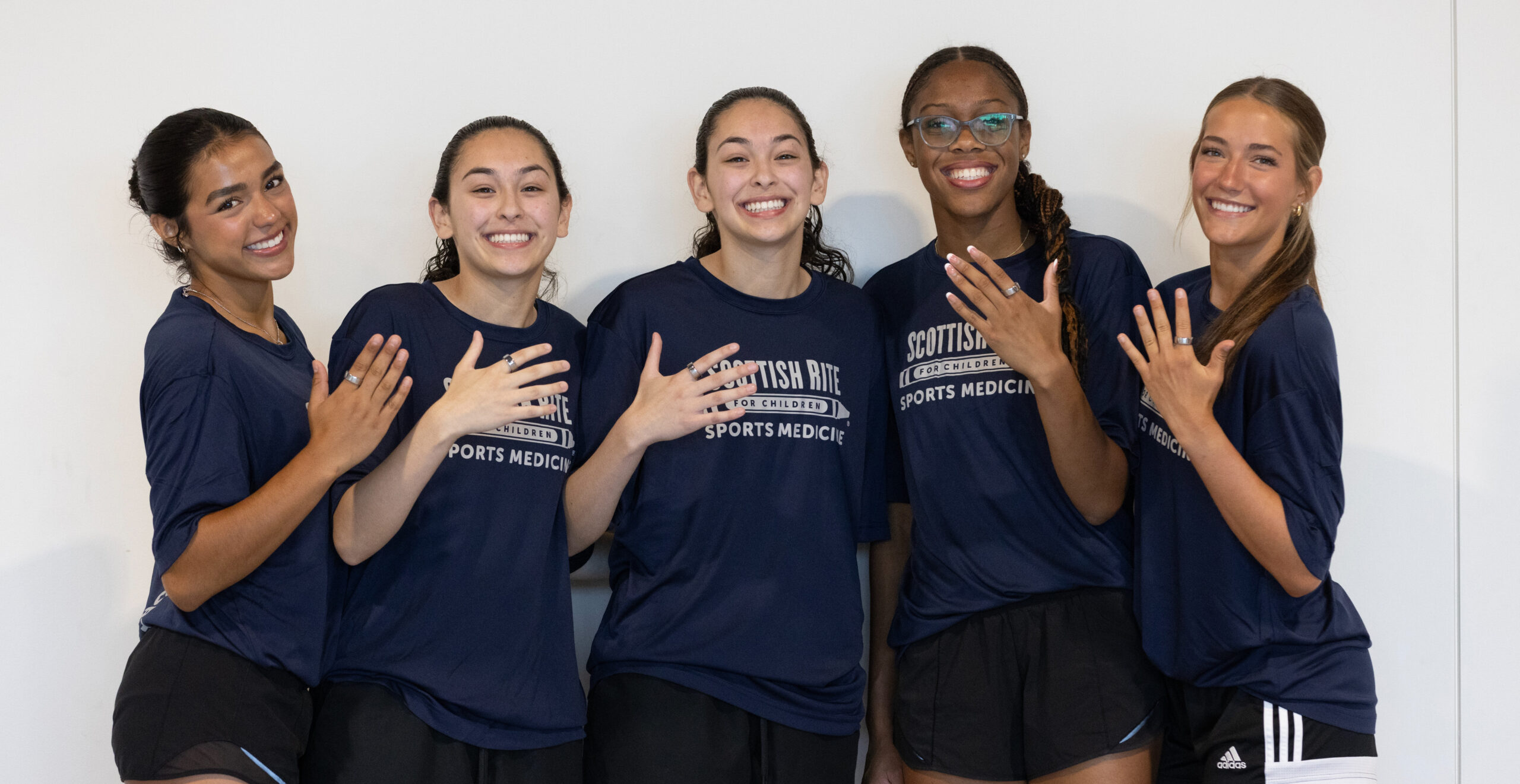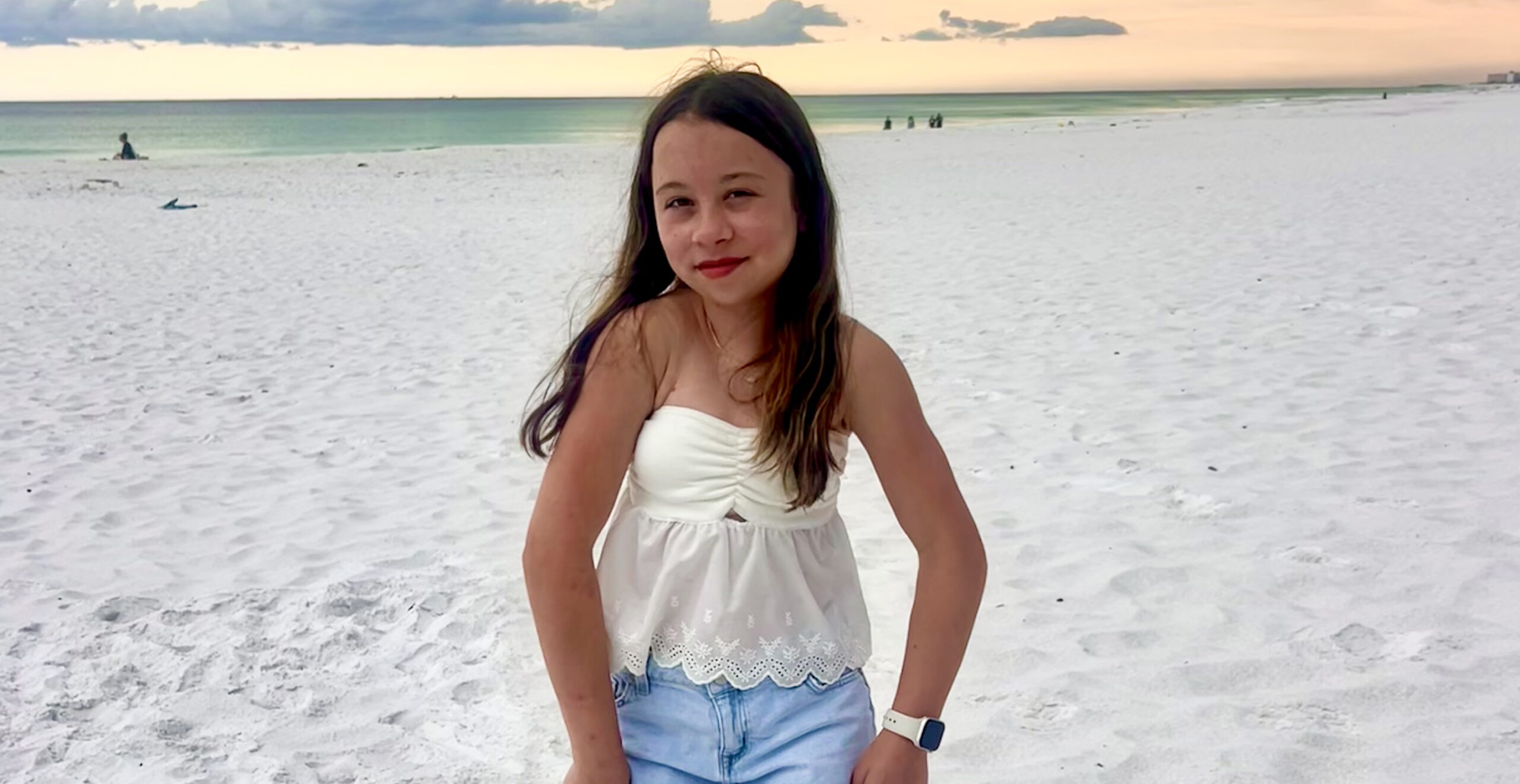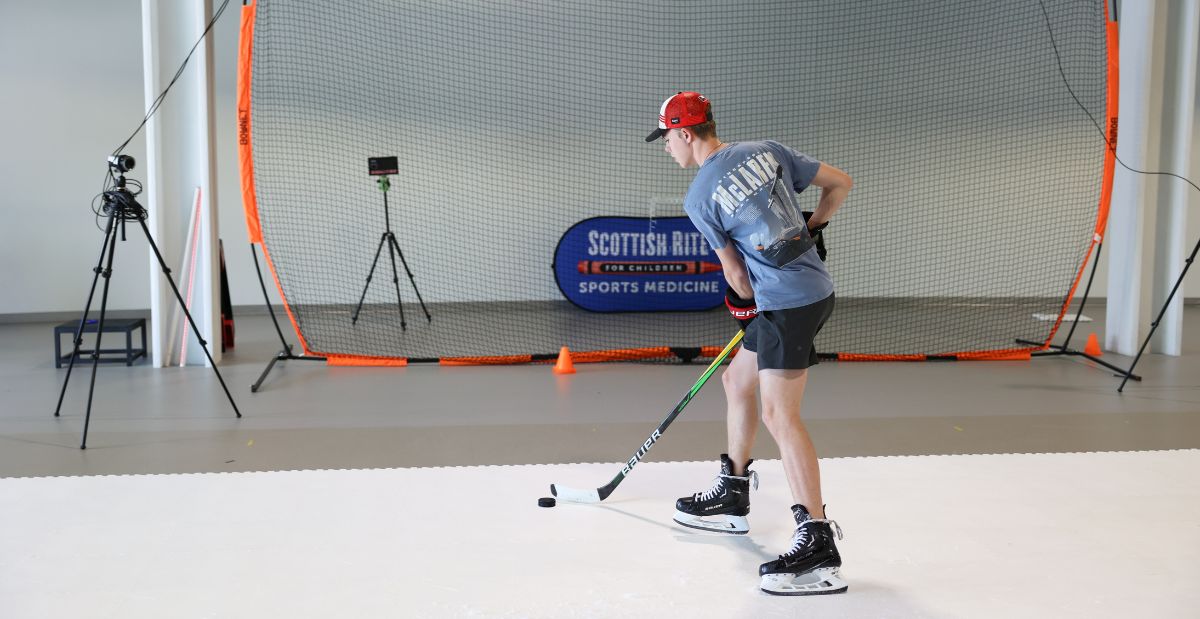Motor Difference
- Hypertonia – Increased muscle tone or a tendency for muscle to be tight.
- Hypotonia – Low muscle tone, or a tendency for muscles to be excessively relaxed.
- Dyskinesia – Excessive muscle movements.
- Spasticity – Muscle tightness that manifests as a catch and release when a limb is moved quickly about a joint. This type of muscle tightness is constant and consistent throughout the day.
- Dystonia – Muscle tightness that occurs because of unintended muscle activation. This type of muscle tightness can occur when an individual is trying to move other body parts or with certain emotions.
- Ataxia – Motor pattern that describes difficulties with balance and difficulty with performing smooth limb movements.
Anatomic Involvement
- Diplegic cerebral palsy – This term describes a motor difference that involves both legs.
- Hemiplegic cerebral palsy – This term describes a motor difference that involves one side of the body and including the leg and arm on the same side.
- Quadriplegic cerebral palsy – This term describes a motor difference that involves all four limbs.
- Triplegic cerebral palsy – This term describes a motor difference involves both legs, and one arm.
Motor Classification
- Gross Motor Functional Classification System (GMFCS) – This is a system used by clinicians to categorize how a person with CP moves and functions in different environments. It helps clinicians come up with treatment plans and anticipate changes that can occur in the body as the individual ages.
- GMFCS I – Individuals in this category of mobility are able to go walk around their environment with little to no help. They can go up and down stairs without holding on to a handrail.
- GMFCS II – Individuals in this category of mobility may need more help when walking on uneven surfaces or inclines and can go up and down stairs by using a handrail.
- GMFCS III – Individuals in this category of mobility use an assistive device to walk community distances, such as a walker or crutches. They may use a wheelchair for longer community distances
- GMFCS IV – Individuals in this category of mobility use a wheelchair for most of their mobility. They may be able to propel manual wheelchairs without any help, and they require little to no head and trunk support when sitting.
- GMFCS V – Individuals in this category of mobility use the wheelchair for all of their mobility. They may be able to drive a motorized wheelchair and typically need head and trunk support when sitting.
Related Neurologic Findings
- Periventricular Leukomalacia – This is a pattern that is seen on brain imaging that indicates scarring around the ventricles (the area of the brain that hold spinal fluid). It is usually associated with injury to the vessels around the ventricles in premature infants and affects both sides of the brain.
- Hydrocephalus – This is a finding on imaging that indicates that the ventricles are enlarged.
- Porencephaly – This is a pattern on brain imaging that indicates a local injury to a specific area of the brain. It usually affects only one side of the brain.
Related Orthopedic Diagnoses
- Contracture – This describes a limitation in range of motion at a joint. There are multiple factors that contribute to contractures.
- Hip migration – Tendency for the femur bone to become uncovered by the hip bone. This can occur in individuals with weakness or increased tone.
- Neuromuscular scoliosis – A curvature of the spine that is related to weak or spastic muscles.


